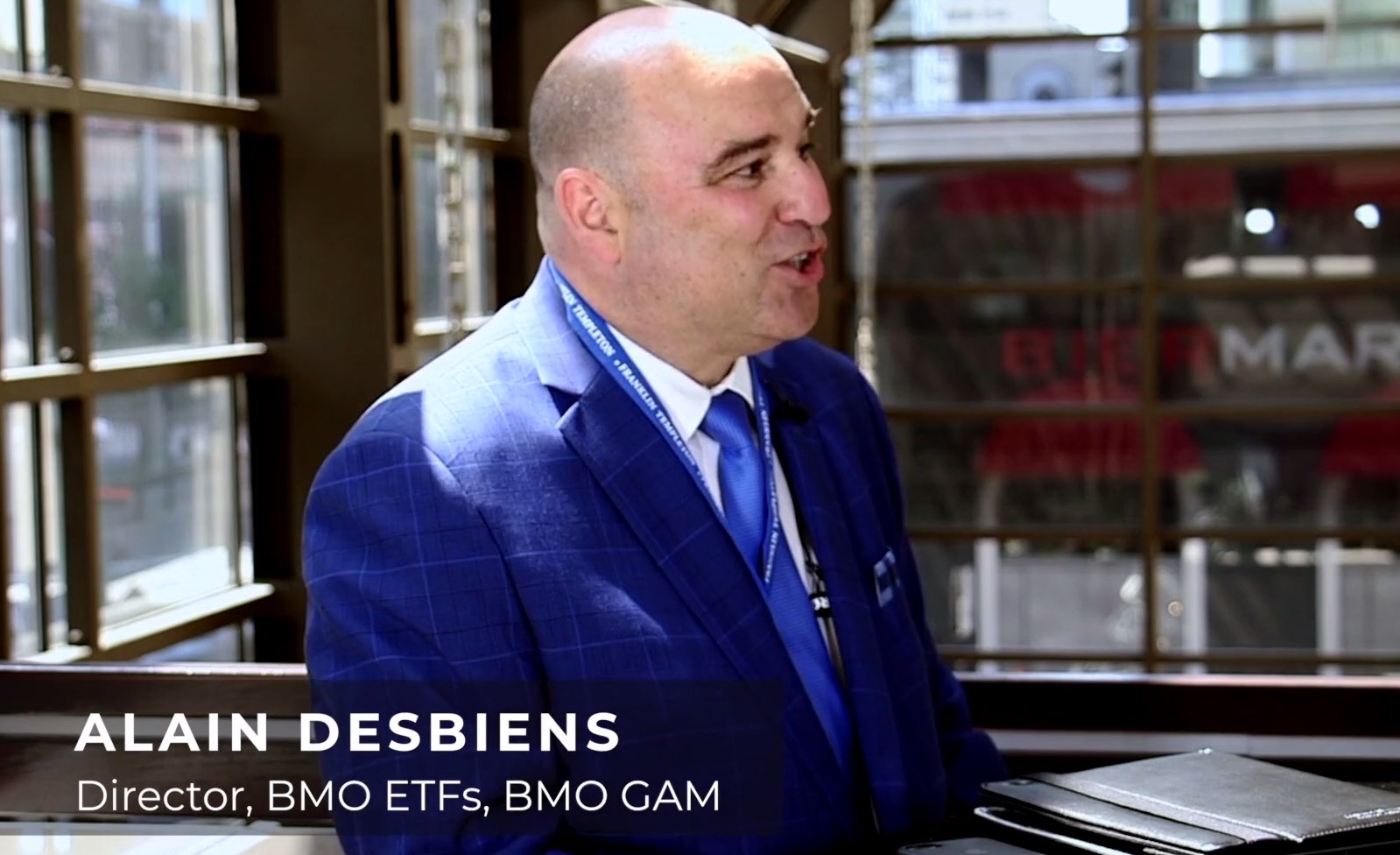by Martin Noël, Option Matters
As the following graph shows, shares in the Bank of Montreal (BMO) has been in correction territory since falling below the 13 and 34-day moving averages. The stock’s last rally toward $101 is similar to one near the end of November 2018, just before the stock plummeted by almost 14% in the space of a few weeks.
Furthermore, this context is confirmed by the Stochastic oscillator (“Stoch,” a measure of momentum), which has been trending downward and is now near 20.
This resembles the situation at the end of October 2018. Although there can be no guarantees against a sharp drop in price, as long as BMO remains below its two moving averages and under the $100 resistance level, we will need to exercise caution and think seriously about protecting ourselves from this possibility. But since we do not have a specific objective on the downside, we prefer to write call options rather than purchase put options, in order to avoid the negative impact of time decay.
Chart 1: Changes in the price of BMO as at June 26, 2019 ($98.52)

Source: Tradingview.com
An investor who wants to profit from time decay during this lull, while also obtaining useful protection, could write a call option for each group of 100 stocks held. With the stock trading at $98.52, we will examine two call options expiring on October 18, 2019, with strikes of $98 and $100.
Table 1: Comparison of profit and loss profiles

The above table compares two profit and loss profiles for a strategy of writing covered calls, based on strikes of $98 and $100.
Call options with a strike of $98 allow us to collect a premium of $3.05 per share, or $305 per contract. This slightly in-the-money option, which has an intrinsic value of $0.52 ($98.52 – $98.00) and a time value of $2.53 ($3.05 – $0.52), provides 3.10% protection against a drop in the price of BMO. The maximum profit is $2.53 per share ($98.00 strike – $98.52 stock price + $3.05 premium received), or 2.65% (8.48% annualized), and it will be realized if the stock is trading above the $98 strike when the option expires on October 18. The static profit (i.e. the profit generated if the stock price is stable until expiry) is the same as the maximum profit.
Call options with a strike of $100 allow us to collect a premium of $2.06 per share, or $206 per contract. This out-of-the-money call option, which has no intrinsic value and a time value of $2.06, provides 2.09% protection against a drop in the price of BMO. The maximum profit is $2.06 per share ($100 strike – $98.52 price of the stock + $2.06 premium received), or 3.67% (11.75% annualized), and it will be realized if the stock is trading above the $100 strike when the option expires on October 18. The static profit (i.e. the profit generated if the stock price is stable until expiry) is $2.06 per share (the time value of the call options), and represents a return of 2.14% (6.84% annualized).
When choosing the strike, the investor has to make a trade-off between the maximum return and the protection afforded by the options against a drop in the price of BMO. At-the-money options offer more protection than out-of-the-money options. However, they also prevent access to gains in value, effectively limiting profits if the stock rallies.
Further Action
If the stock price falls or remains stable, action may be taken if we can purchase our call options sold for between 10% and 20% of their initial price. In such a case, we will need to analyze whether it is a good idea to write additional call options as a hedge against risk. If the stock price rises above the strike, the call options will need to be bought back, at either a profit or a loss depending on the situation, to prevent them from being assigned and to avoid being obliged to sell the underlying stocks. Otherwise, the call options will be exercised by the holder, and we will be forced to sell the stock at the chosen strike.
Good luck with your trading, and have a good week!
The strategies presented in this blog are for information and training purposes only, and should not be interpreted as recommendations to buy or sell any security. As always, you should ensure that you are comfortable with the proposed scenarios and ready to assume all the risks before implementing an option strategy.
This post was originally published at the Option Matters blog.













